GADCHIROLI
Cultural Sites
Last updated on 21 July 2025. Help us improve the information on this page by clicking on suggest edits or writing to us.
Arattondi Devasthan
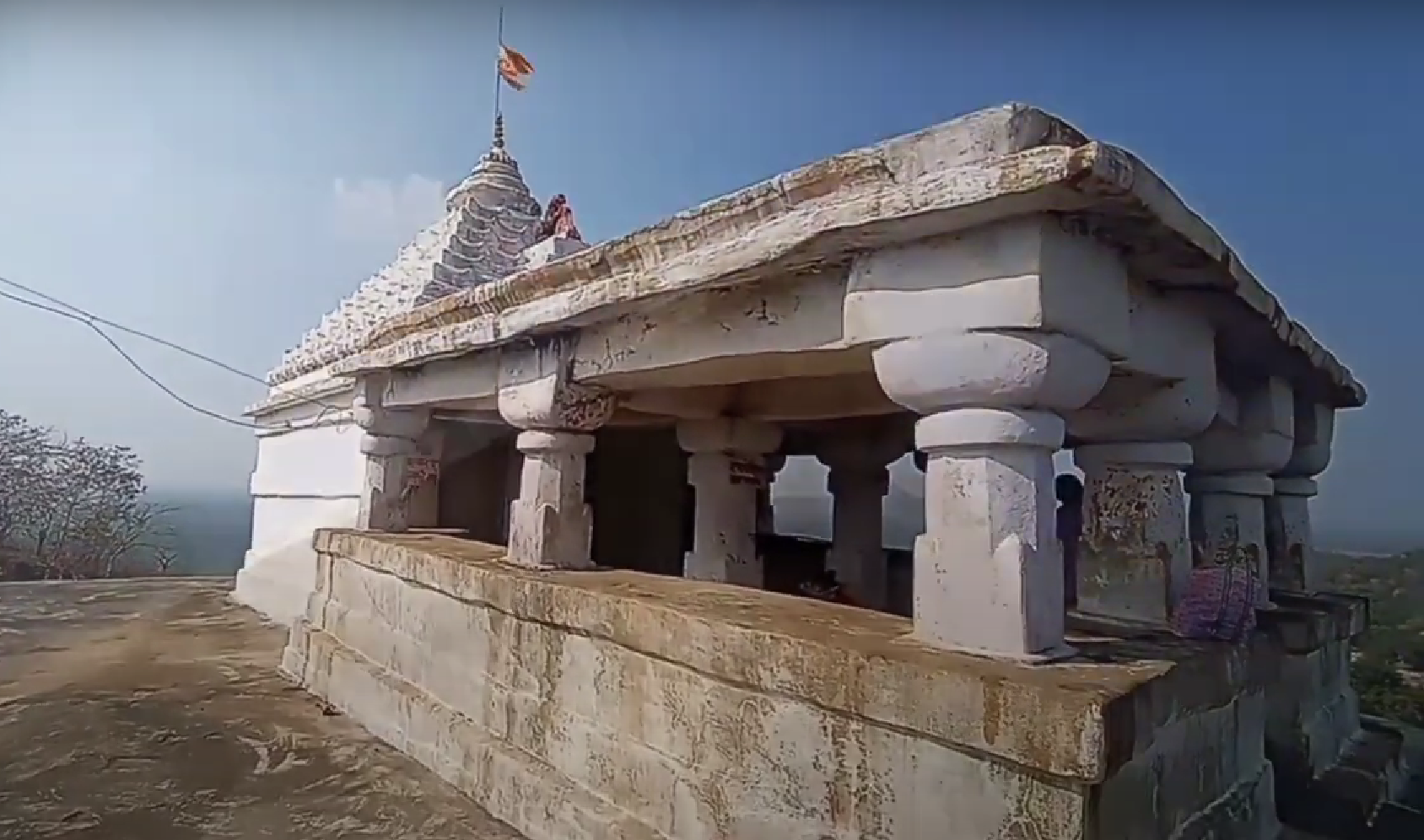
The village of Arattondi (Kurkheda taluka), situated on the banks of the Sati river, is 13 km from Kurkheda and 64 km from Gadchiroli city. On a hill inside the village itself is a Hemadpanthi-style Shiv Mandir built with black rock. The Mandir is located at a height of 700 meters. Old steps carved into the boulders of the hill are proof of the fact that the Mandir was frequented by Bhakts in the past. Now, concrete steps have been made to reach it. A fair is held here every year on Mahashivratri.
The garbhagriha of the Mandir contains a Black-rock shivling. On a rock outside the Mandir, there is a huge carving of Bhagwam Ganesh. People also believe that the place has a relation with the Ramayan, as a well in the Mandir complex known as a Sitamata Nanhi is believed to be a place where Ma Sita would bathe. Now, a few new murthis of various sants and babas have also been added to the Mandir premises.
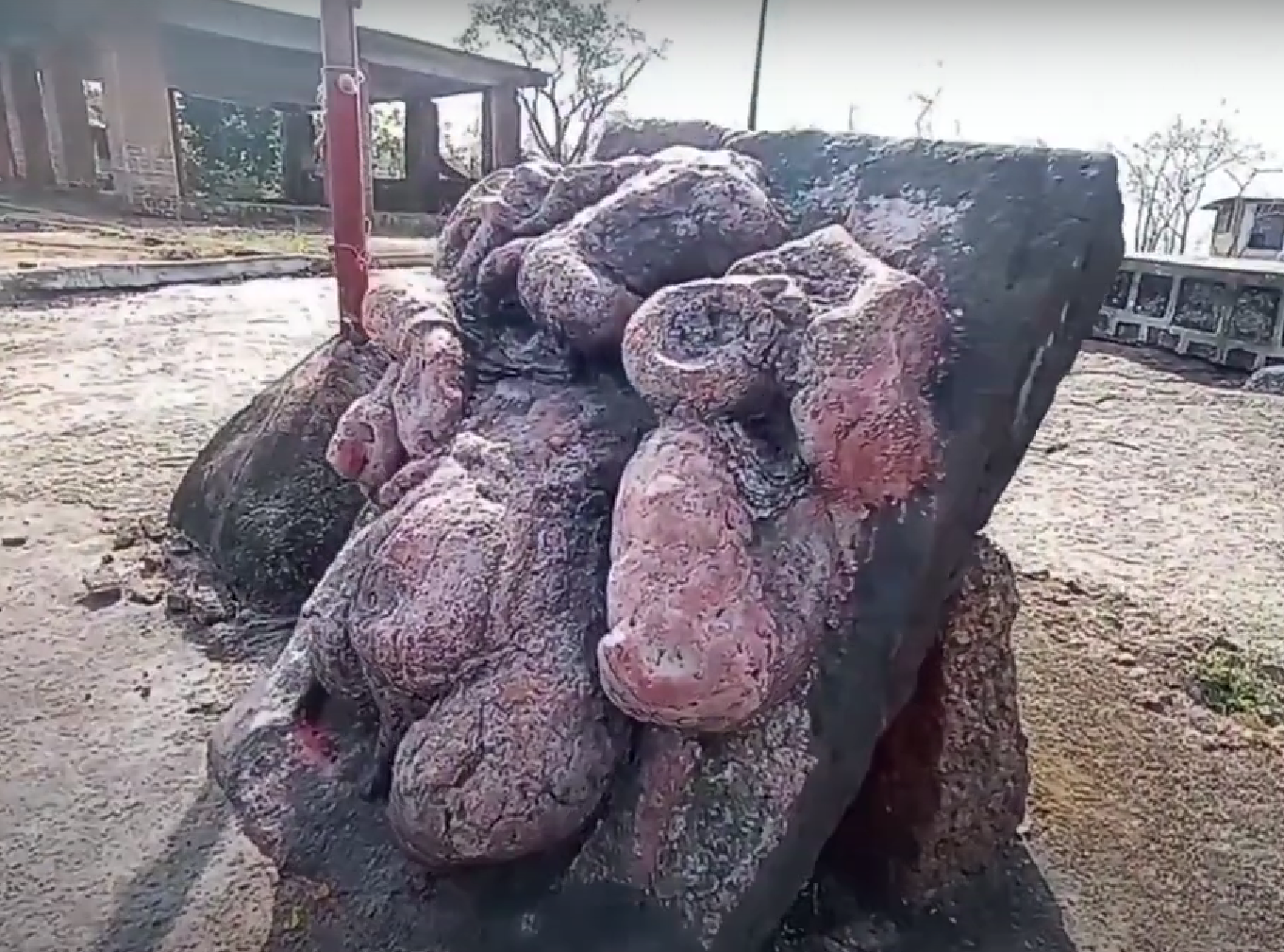
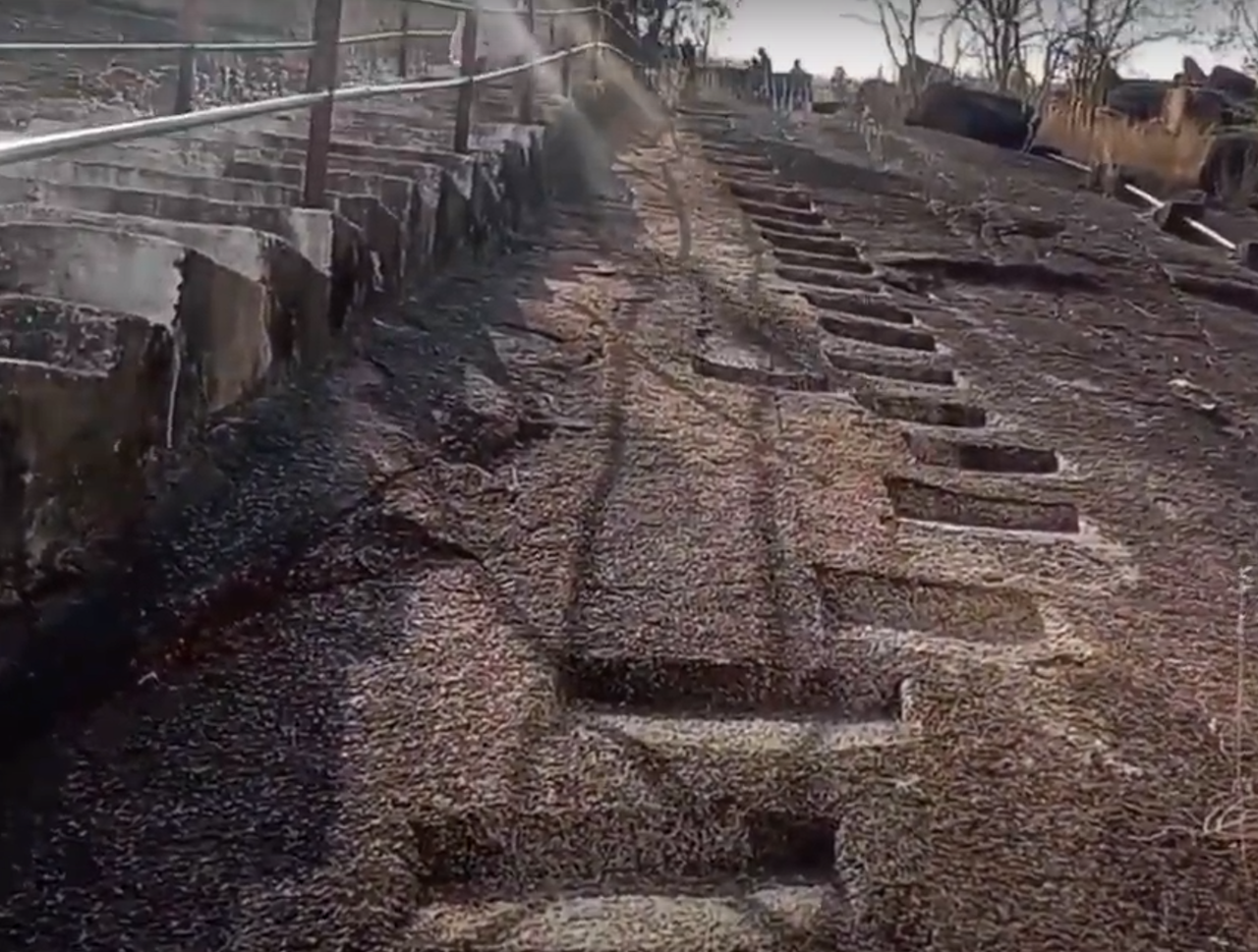
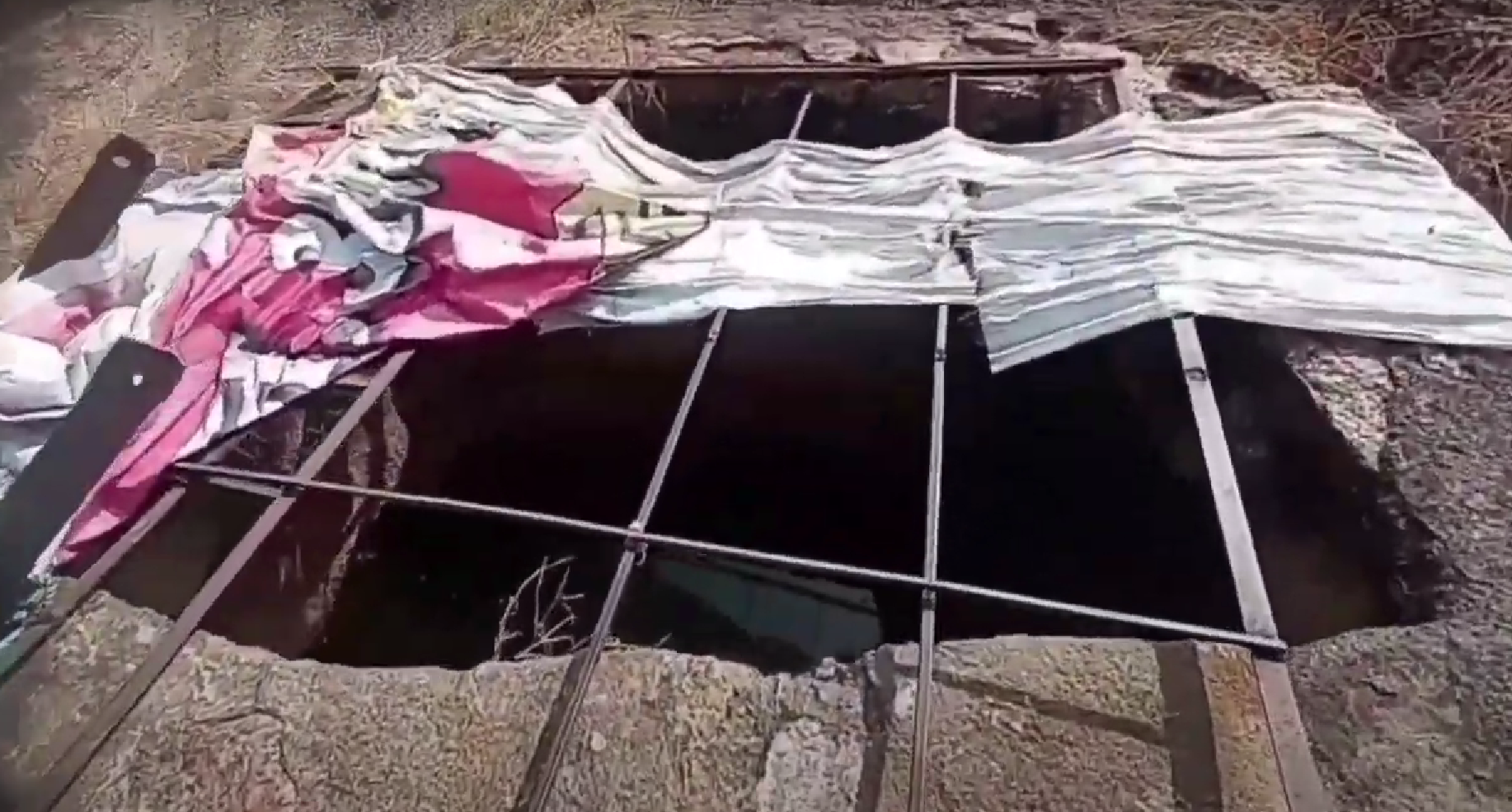
Armori’s ancient Shiv Mandir
![Bhagwan Shiv Mandir at Armori[1]](/media/culture/images/maharashtra/gadchiroli/cultural-sites/bhagwan-shiv-mandir-at-armori1-97c7c85b.jpg)
This ancient Bhagwan Shiv Mandir is situated in Armori, a municipal council town in the Gadchiroli district. The city is surrounded in the west by the Wainganga River and in the east and south by the Gadhavi River. The district Gazetteer of Chandrapur (1972) [NOTE: Gadchiroli was a part of Chandrapur till 1982] informs that in the olden times, the city was a great entrepot for the smelted iron coming from the eastern part of the district.
According to Purattava (2024), this Mandir is situated on a hilltop and faces east. It consists of three cells connected to a common mandapa (hall). Four central pillars support the ceiling of the mandapa. The shikhara above the mandapa is of the phamsana style. The inside of the mandapa is very plain except for a Nandi statue placed over a small pedestal in front of the central shrine. A Shivlinga is installed inside the central shrine. Whether it was dedicated to the Hindu trinity of Brahma, Shiva, and Vishnu or just Bhagwan Shiva cannot be ascertained. The outside of the Mandir is also devoid of any sculpture. The dating of the Mandir can only be done using stylistic and architectural practices of the region during the Seuna (Yadavs of Devagiri) period.
Bhandareshwar Mandir
![Bhandareshwar Mandir on the banks of Triveni River, Amori Taluka[2]](/media/culture/images/maharashtra/gadchiroli/cultural-sites/bhandareshwar-mandir-on-the-banks-o_tjEfhyZ.jpg)
The Mandir of Bhandareshwar (Armori taluka) is within walking distance of the Vairagad fort on the banks of the river Triveni. The Mandir has many similarities with the Markandeshwar Mandir in Chamorshi taluka. Some people also believe that Vairagad (the town) is the city of King Virat (The King of the kingdom of Virat, where the Pandavas spent their last year of exile). The Mandir also has an attached ghat to it.
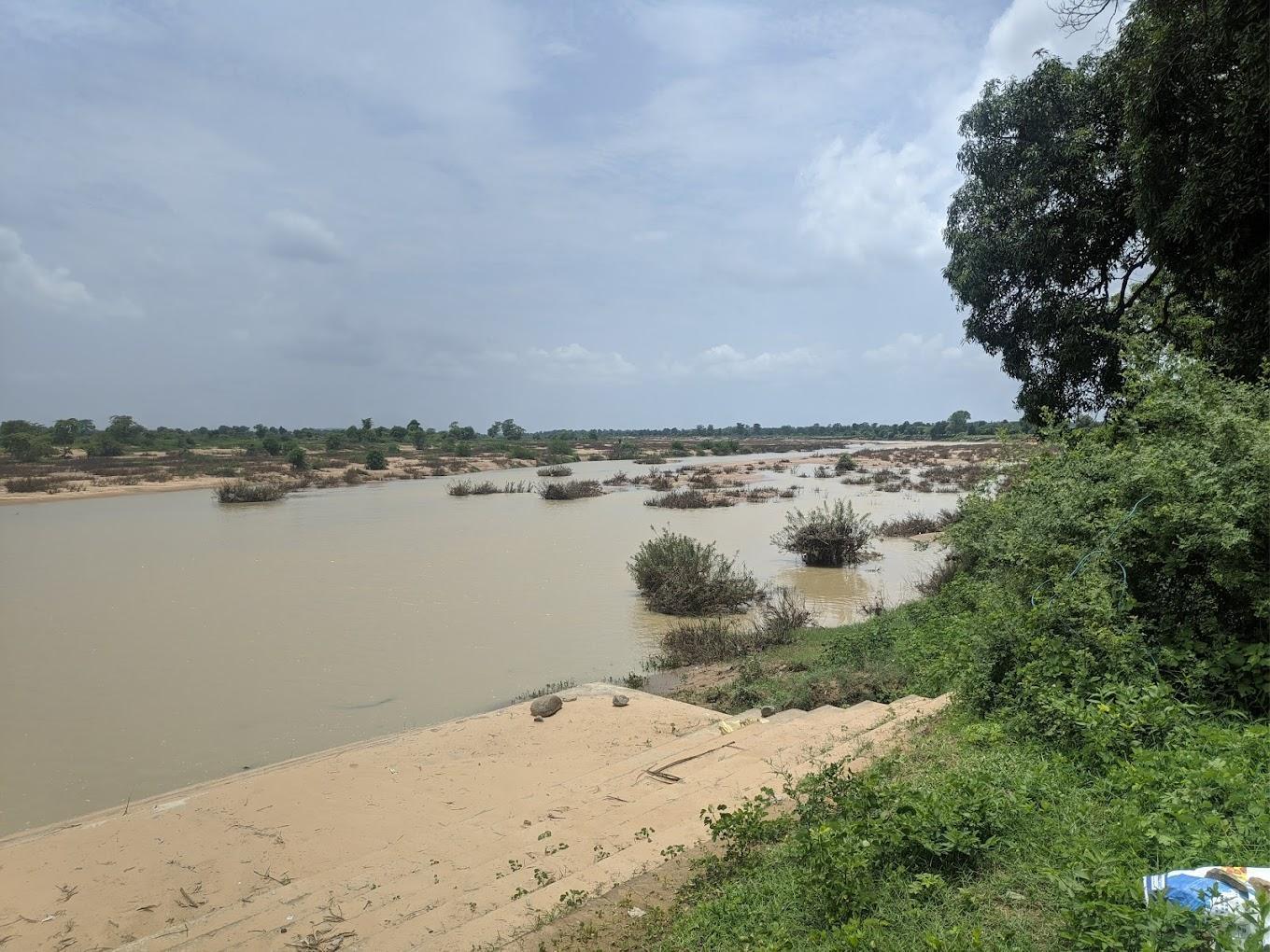
Chaparala’s Hanuman Mandir
The Hanuman Mandir at Chaparala in Chamorshi taluka was established in 1935 by Kartik Swami Maharaj. Surrounding the Mandir, there are also shrines dedicated to Bhagwan Shiv, Ma Durga, and Sai Baba, adding to the town's spiritual significance. Chaparala is situated on the banks of the Pranhita River, near the Telangana-Maharashtra border. A fascinating local belief about Kartik Swami Maharaj is that his beard was so long he had to wrap it around his hand while walking.

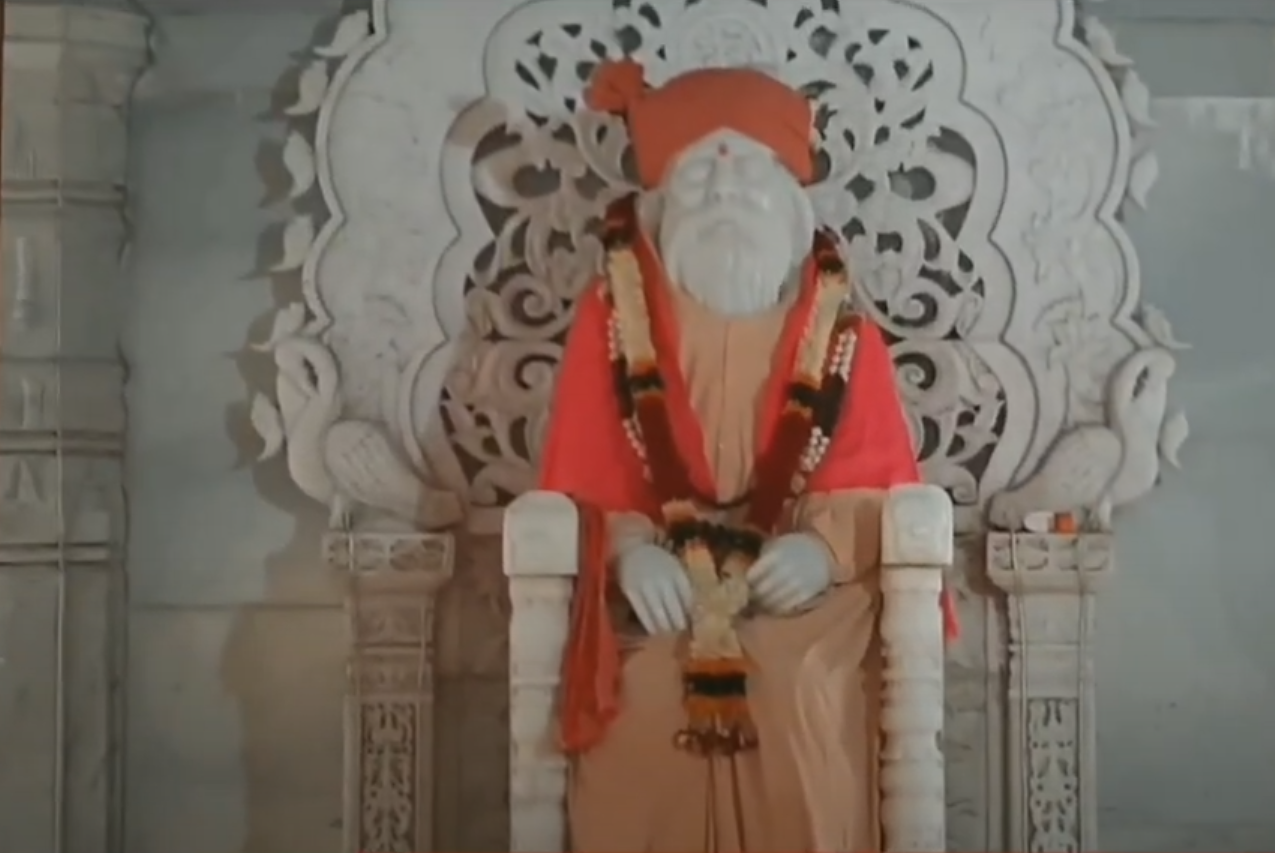
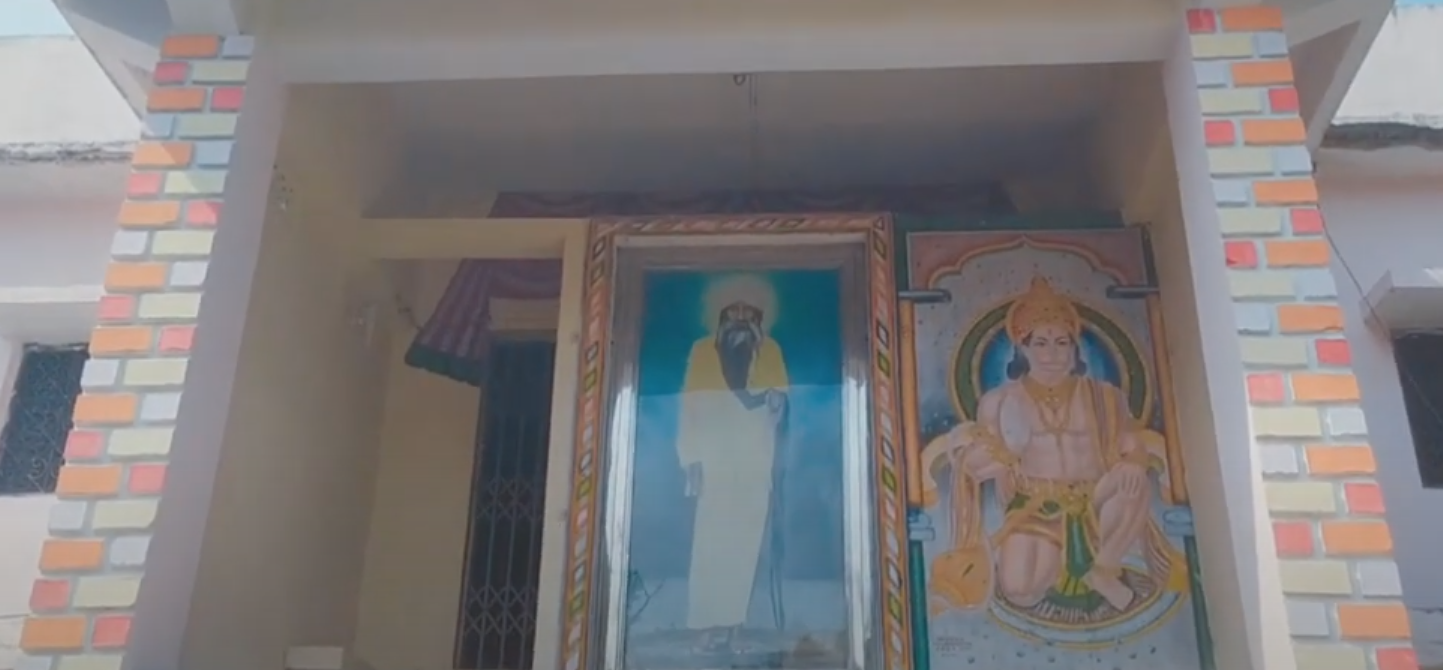
Khobramendha Hanuman Mandir

This Mandir of Hanuman is situated in the village of Khobramendha (Kurkheda taluka), 77 kilometers away from Gadchiroli city. The Mandir is surrounded by lush vegetation and is at the foot of a hill. Just behind this Mandir is a black rock, Hemadpanthi style “Sabha Mandap” (meeting hall/stone hall) with some murtis inside of it (supposedly an older Mandir). On top of the hill, there is a worshiping spot used by the indigenous community of Khobramendha.

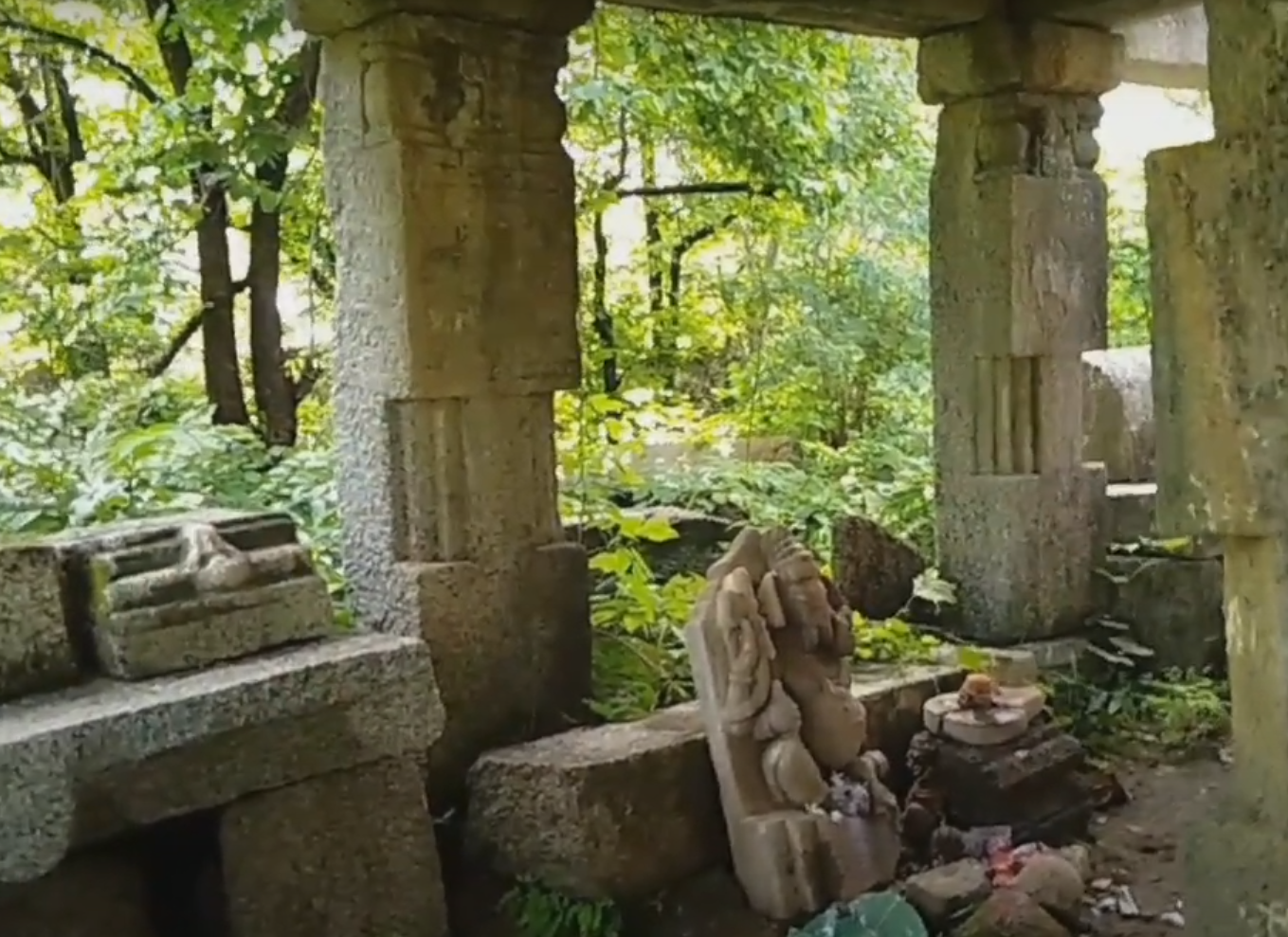
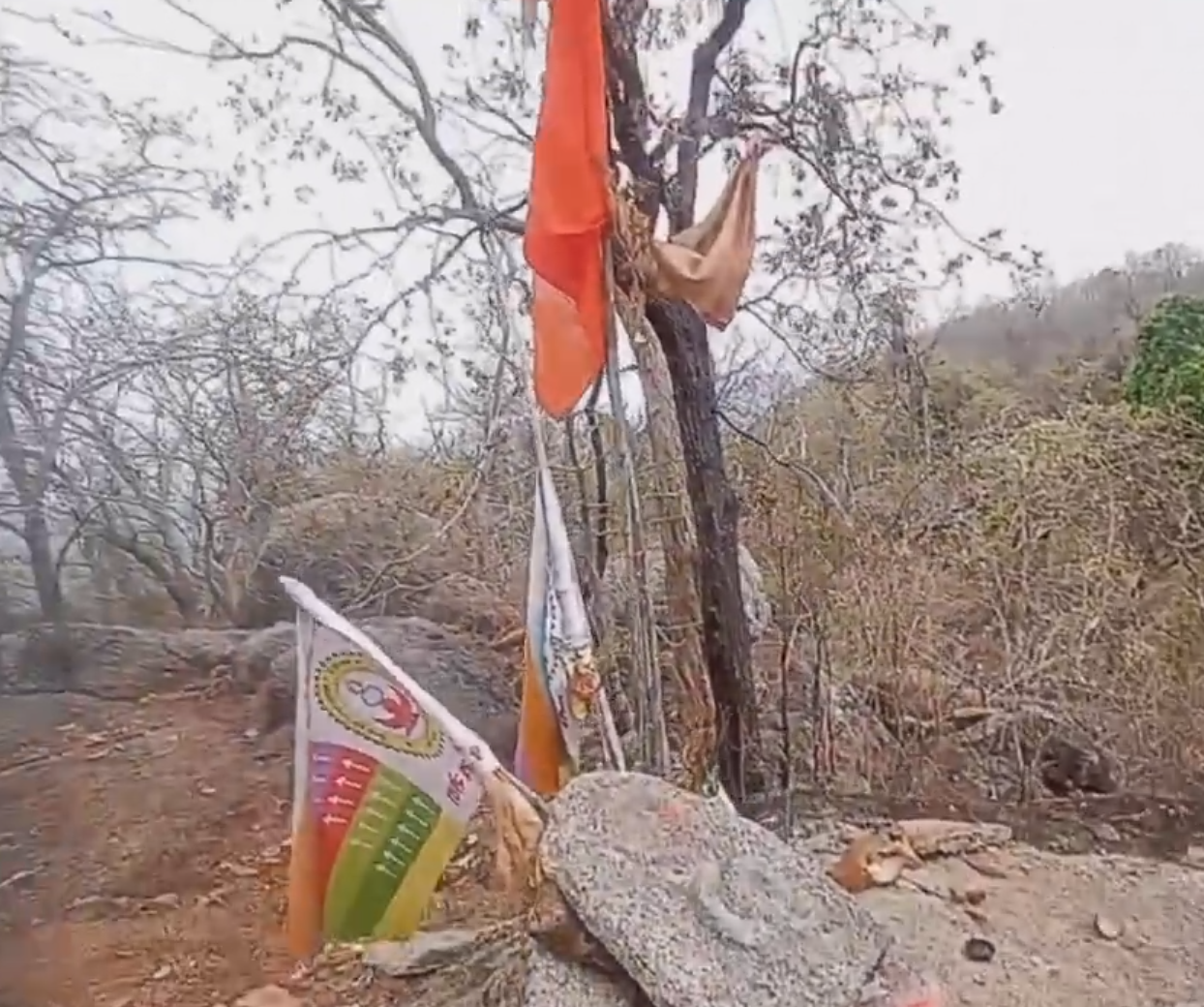
Markandeshwar Mandir
![The Markandeshwar Mandir is also fondly called the Kashi of Vidarbha at Chamorshi Taluka[3]](/media/culture/images/maharashtra/gadchiroli/cultural-sites/the-markandeshwar-mandir-is-also-fo_SjJcIy4.jpg)
Situated on the Wainganga River's banks is the Markand Deo village (Chamorshi taluka), the 8th-century Rashtrakuta-built Mandir of Markandeshwar. This place is also known as the Kashi of Vidarbha or Mini Khajuraho. The Markandeshwar Mandir is dedicated to Bhagwan Shiv, It is characterized by intricate carvings and a few ‘Maithun sculptures’. The facial expressions of the murtis are prominently depicted. On the Mandir premises, one can find 18 other Mandirs such as that of Ganesh, Durga, etc. It is believed that earlier there were about 23 Mandirs, but some of these were damaged and later fell due to a lightning strike (approx.150 years ago).
It is believed that Rishi Markandeya carried out his penance here, invoking Bhagwan Shiva. When Bhagwan Shiv didn’t answer his call, Markandeya decided to offer his head to him. Before he could execute this, Mahadev appeared in front of him and blessed him with immortality and a Mandir (that would be named after him).
A huge yatra is held every year on Mahashivaratri. Bhakts from Chhattisgarh, Madhya Pradesh, and Vidarbha flock here. The “Kunku” (Vermillion, used to show the marital status of a woman and for other religious purposes) from Markanda is very famous.
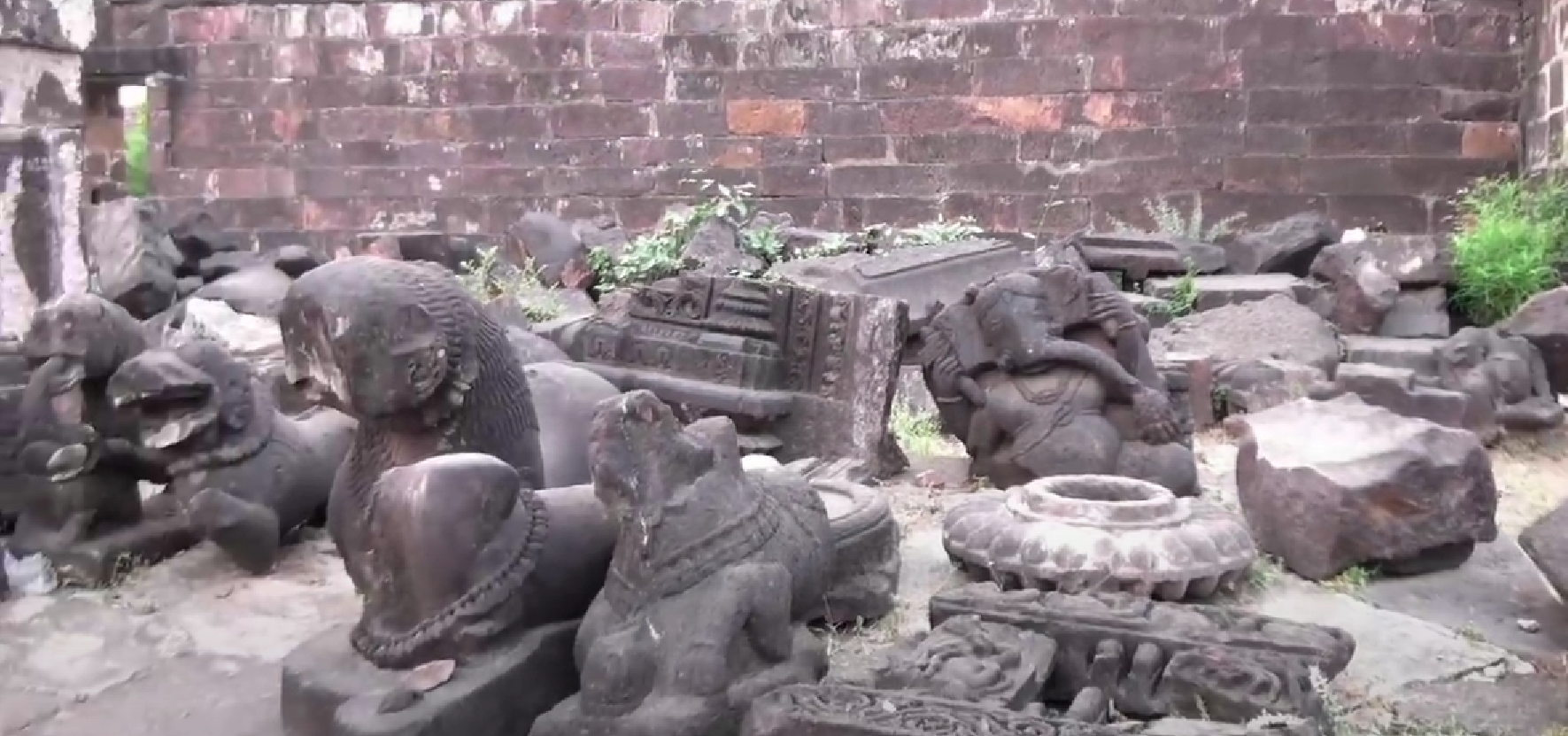

Tipagad Fort
Tipagad is a small fort in Korchi taluka of Gadchiroli district. The district Gazetteer of Chandrapur (1972) notes that the fort of Tipagad is situated in a dense forest area. It is flanked by a bastion with a large lake about 150 meters wide. According to folktales, a Gond prince named Puram Raja ruled over the surrounding regions from this fort. He had a bodyguard of 2000 fighting men, 5 elephants, and 25 horses, and held the whole Wairagarh country under his sway. There is a Mandir of Devi Matalpen on the fort. Next to her, we see murals of elephants and horses.
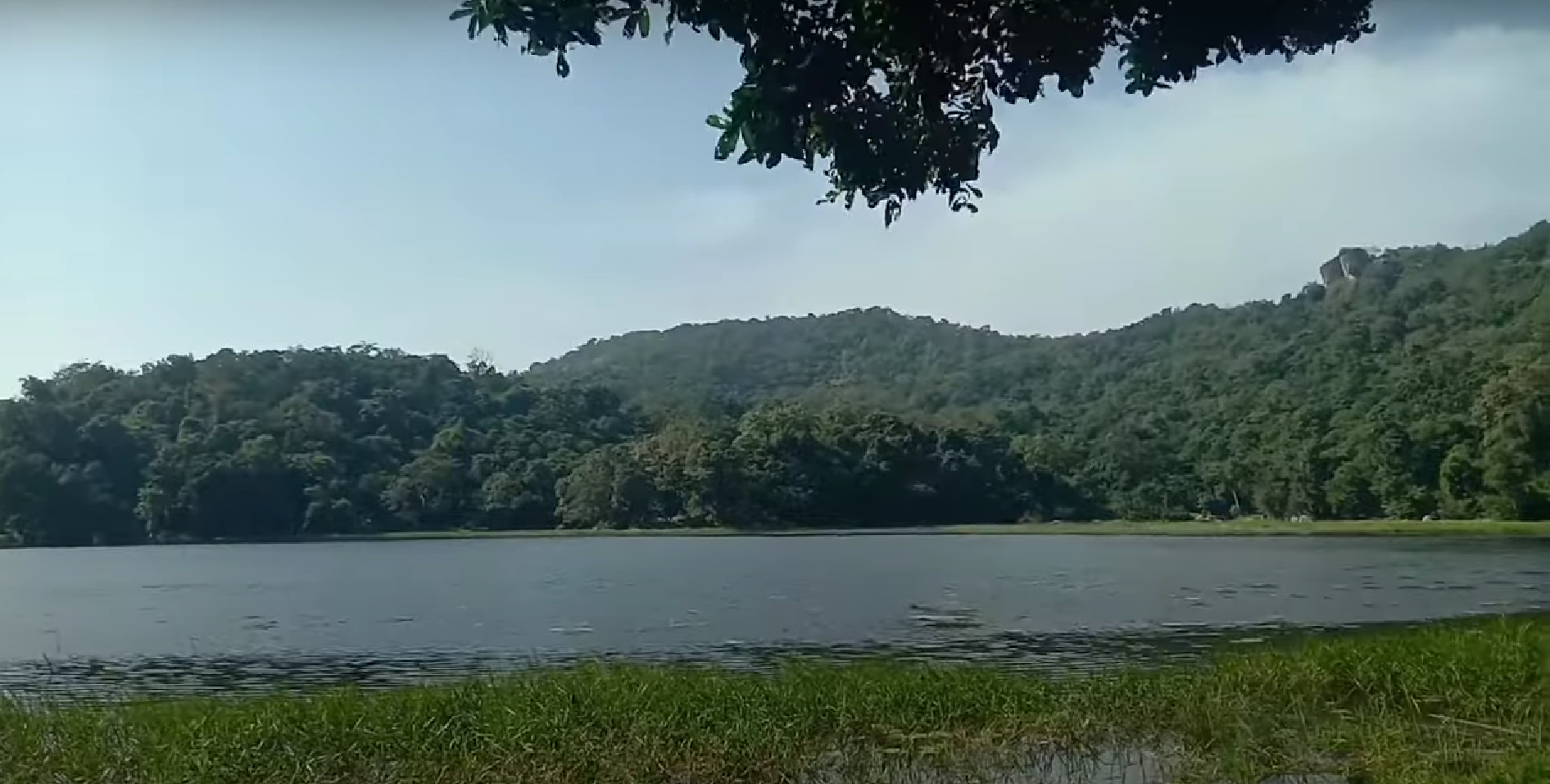
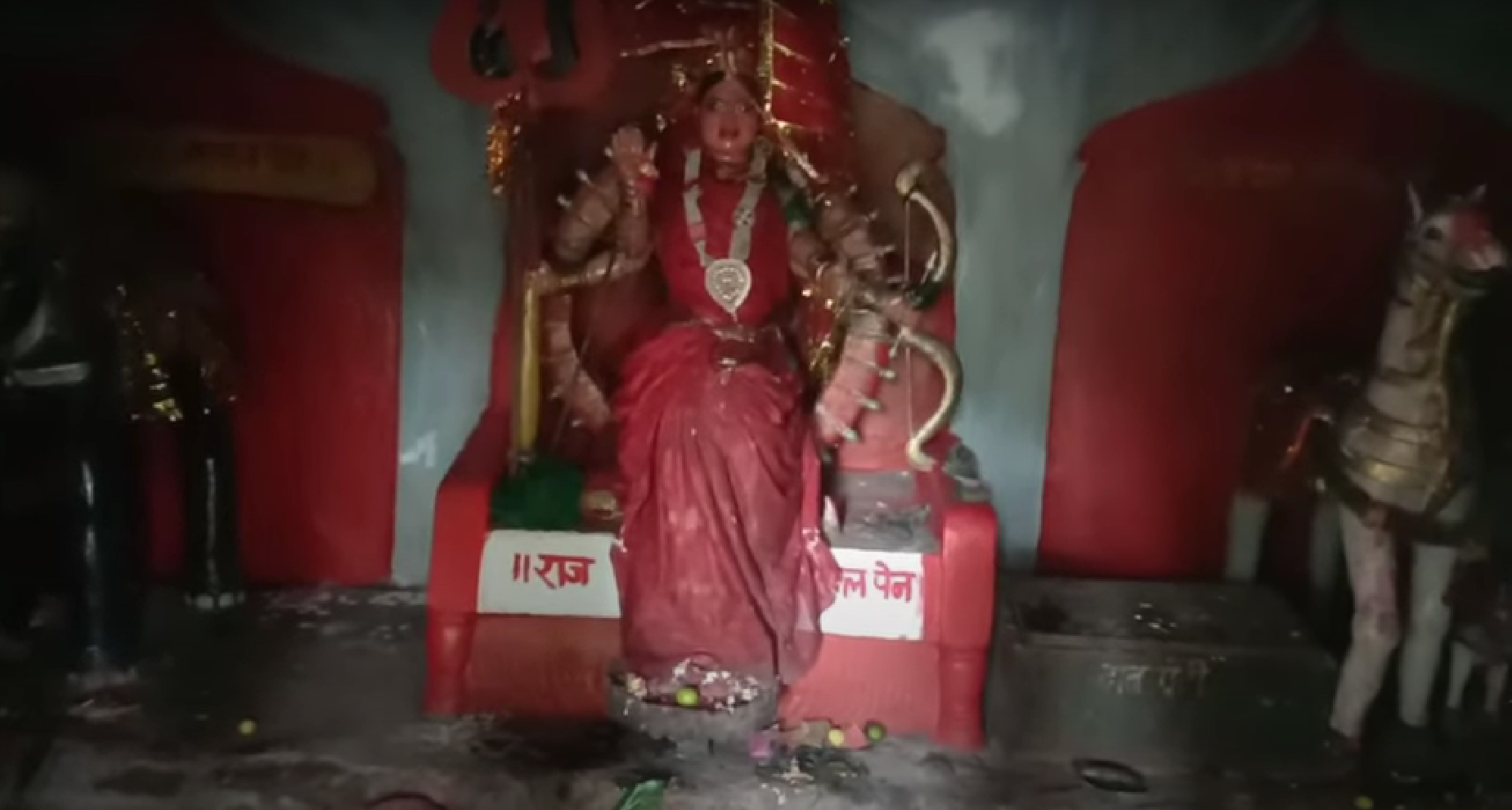
Vairagad fort
![Vairgad Entrance[4]](/media/culture/images/maharashtra/gadchiroli/cultural-sites/vairgad-entrance4-436ddcb7.jpg)
The fort of Vairagad (Armori taluka) is located near the adjacent town of Vairagad. The fort is on the confluence of the Sati and Triveni rivers, which later merge into the Wainganga River. The Chandrapur district Gazetteer (1972) says that the town of Vairagad is said to have been established by Vairacan (A Chandravanshi king) in the Dwapar Yug. According to a survey, earlier there were diamond mines here. The Gonds ruled over the fort for the majority of its existence, and later on, it was taken up by the Bahamanis. There are about 108 Muslim tombs at the foot of the fort, supposedly belonging to Bahamani soldiers who lost their lives in a battle/raid that took place around 1422. In 1925, the fort was declared to be a protected monument.
Sources
Gazetteers Department. 1972. District Gazetteers, Chandrapur District. Castes, Rainfall, and Soils. Government of Maharashtra.
Saurabh Saxena. 2024. Armori – Triple-Shrine Shiva Temple. Purattatva. In..https://puratattva.in/armori-tripple-shrine-…
Last updated on 21 July 2025. Help us improve the information on this page by clicking on suggest edits or writing to us.